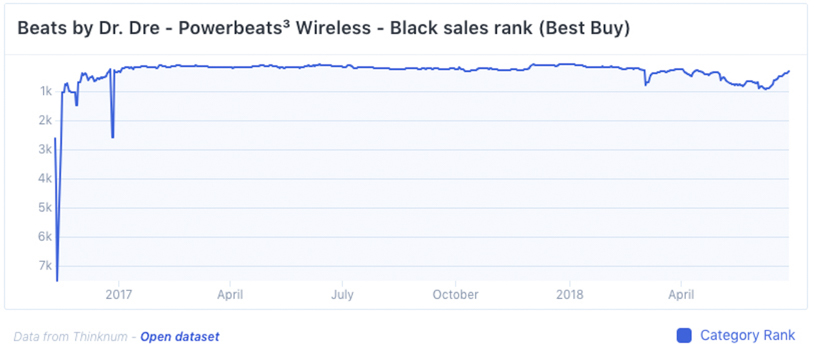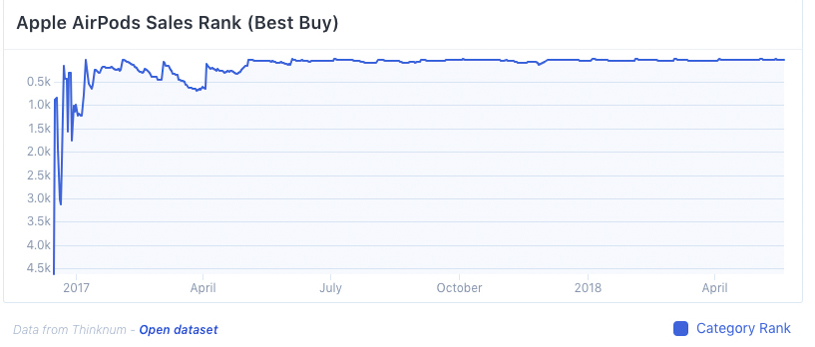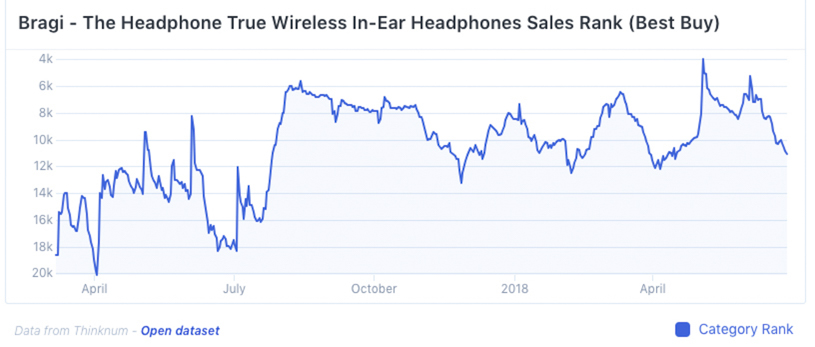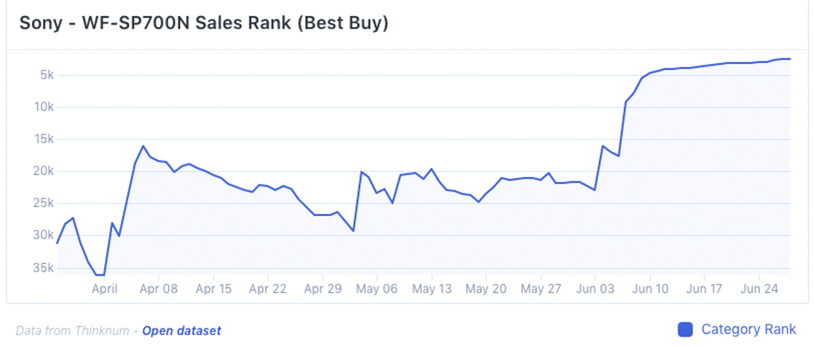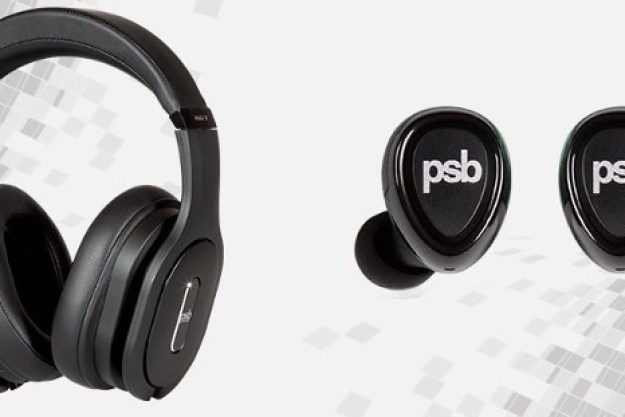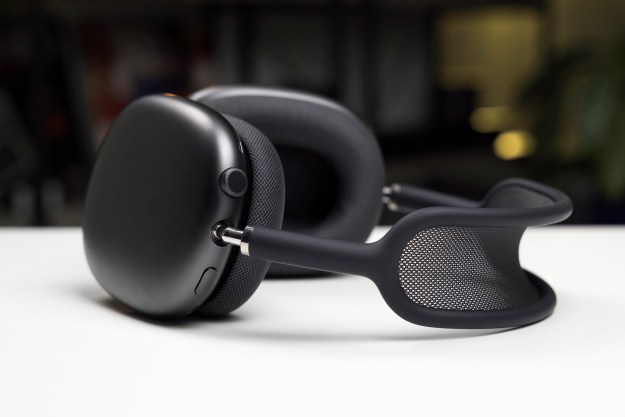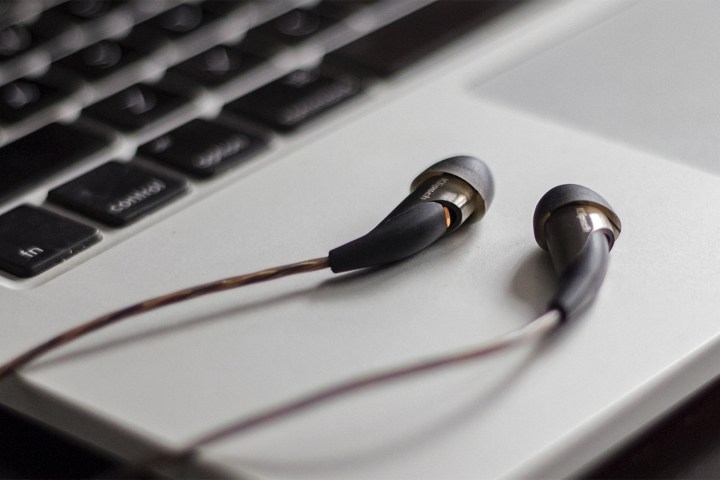
An annoying thing happened this morning on my commute into Manhattan. I was squeezed — no, mashed — against the door of the G train as a large man with an equally large shoulder bag slid past me. As he passed, something on his shoulder bag hooked my beloved in-ear Klipsch X20i headphones, ripping their double-flanged silicone tips from the depths of my ear canals.
It was a painful quantum shift: One moment I was blissfully soaked in the sounds of Alvvays (yeah, I’m an old hipster) and the next my ears were searing from reverse-pressure pops, turned into New York City subway noise, spiced by the aggravation of it all, with a small dose of concern for my expensive gadget.
I see the allure of
I told this story to a co-worker who blithely asked me why I was still using wired
It was a fair question, and not one I was entirely prepared to answer, outside of the fact that I just really like my Klipsches and they cost me a lot.
I can see the allure of wireless headphones quite clearly. In fact, they tick almost all of my nerdy-need boxes. They’re compact. There’s nothing to snag. Without a wire hanging from my ears, not only would I avoid the ear-canal-ripping abuse I so often deal with on my commutes, but going to the gym would be equally pleasant. And on a plane I’d be able to just leave my iPhone in the seat-back pocket without worrying about the wires either for my tray table or for that guy sitting next to me who has a bladder the size of an AirPod.
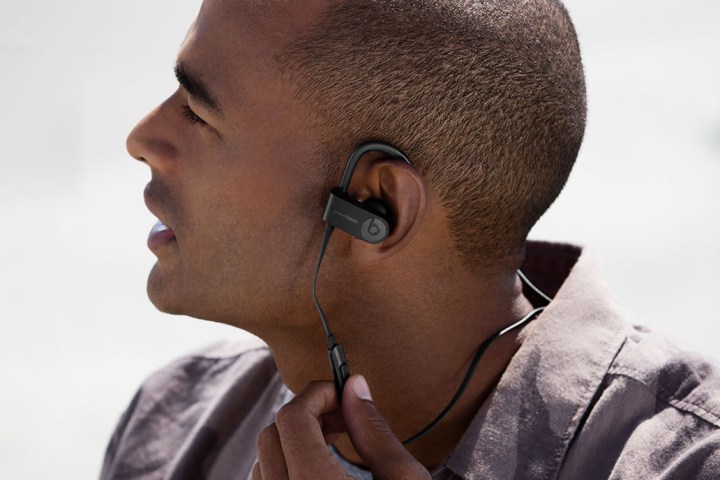
I had given banded Bluetooth headphone a try, some of which offer amazing charge times to the point that power anxiety becomes a moot issue. Phiaton’s BT 150 NC, for instance, run for a full 12 to 20 hours on one charge.
But I found those uncomfortable: heavy in comparison to my in-ears and, in many ways, just as cumbersome as fully wired
Other wireless earbuds of quality, like Bragi’s The Headphone, have failed to gain retail traction.
Others appear to agree with me, if sales data from Best Buy is any indication. The best-selling banded earphones at Best Buy, the PowerBeats Wireless, offer 12 hours of battery life and running-friendly ear hooks. But despite their relative popularity, the Beats have struggled to be a top-100 seller.
But it seems truly wireless earbuds are catching on. That is, as long as they’re made by Apple and called AirPods. According to sales-rank data from Best Buy, Apple’s AirPods are regularly a top-five seller across all products, including laptops and even Geek Squad services. In fact, the AirPods are now a best-seller at both Best Buy and Amazon.
It’s a curious thing, too: Despite the AirPods’ popularity, other wireless earbuds of quality, like Bragi’s The Headphone, have failed to gain retail traction. Despite great reviews, The Headphone is already on clearance for just $99 at Best Buy, and has failed to pick up any momentum when it comes to sales rank, as shown below.
Another true wireless earbud set from consumer-electronics giant Sony has also failed to grab wireless fans’ attention. The WF-SP700N offer sports-friendly clips, but with a higher price point ($179) and poor battery life, they too have failed to get near Apple’s AirPods.
It seems that, at least for now, the AirPod’s relatively decent battery life combined with simple brand recognition is working well for Apple, as other manufacturers scramble to take a piece of this growing slice of the headphone pie.
This probably won’t always be the case. Because, let’s face it: The future is
Right behind those AirPods at Best Buy’s sale ranking charts is Apple’s lightning-to-3.5mm adapter for those who still want to use standard
In fact, recent developments in Bluetooth chip technology means that future earbuds will be much less energy-hungry. When someone comes out with earbuds that will run for an entire day — or days — on a single charge, you can pretty much bet that people like me will give them a second look.
For now, though, the data shows that I’m not alone in holding out with wired

Maybe I’ll change my mind one day. Maybe when my trusty Klipsches finally bite the bullet and maybe once Apple (or someone else) finally releases a wireless charger that makes keeping things juiced up a lot more convenient I’ll take the leap into
But until that day, I’m wired.
Editors' Recommendations
- Marshall’s latest headphones get 100 hours of battery life and wireless charging
- Raycon launches $149 Everyday Pro wireless earbuds and headphones
- What we want from the AirPods Pro in 2024
- Bluetooth headphones have been on planes for 10 years, so why do I still need a cable?
- Amazon’s new $50 Echo Buds take aim at Apple’s AirPods
